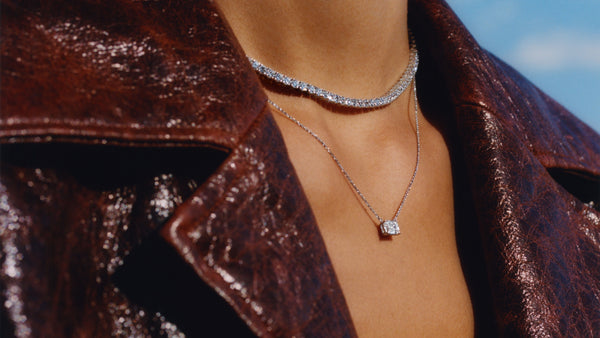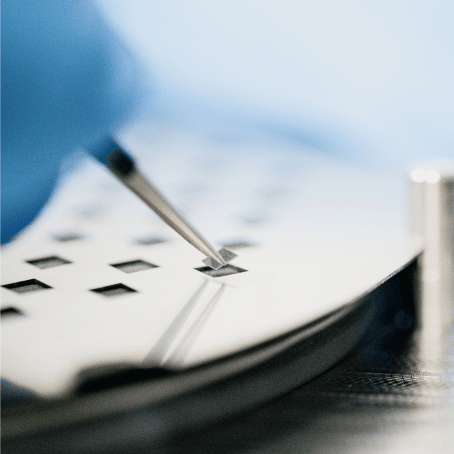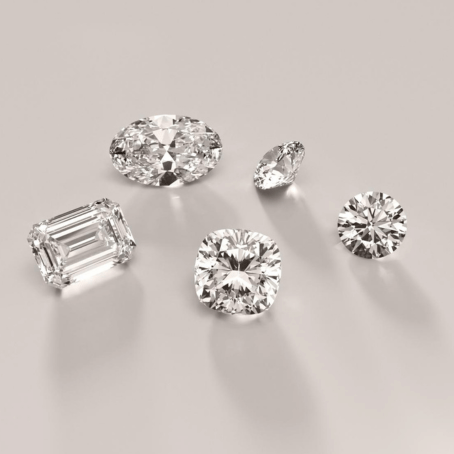Lab-grown diamonds are made to be beautiful.

A lab-grown diamond is made of 100% crystallized carbon, making it optically and chemically identical to a natural diamond. Instead of being created underground over millions of years, lab-grown diamonds are made in just weeks, using innovative technologies that mimic the necessary growing conditions.
Follow the journey of a Lightbox lab-grown diamond
A high-quality diamond, grown in a laboratory, powered by wind.

Each of our stones begins with a very small bit of lab diamond, or a diamond seed. We use CVD (Chemical Vapor Deposition) and HPHT (High Pressure High Temperature) technologies to apply a combination of heat, pressure, and carbon to the seed, which acts as a template for a lattice of carbon to grow it, layer by layer.

Where natural diamonds may take millions of years to form under the earth, ours grow in a matter of weeks (about two weeks per carat). The result is optically and chemically identical to a natural diamond — 100% crystallized carbon. All this growing happens at the lab in Portland, Oregon.

Our rough, freshly-grown stones require skill to cut and refine. Before setting them in jewelry or sending them to your door, each lab-grown diamond is hand-finished by a master jeweler, whose artistry and craftsmanship shines in each stone.
Sparkle should never be out of reach
One brilliant benefit of growing our own diamonds is that we can keep our pricing consistent—and consistently more affordable. This is simply because the rarity factor is removed from the equation. Because we control our output, producing according to our own specifications and demand, we can price our stones linearly—the price per carat goes up as size increases, but the price for the quality of the stone does not. (This is not the case with natural diamonds, as a larger weight combined with a high-quality cut, color and clarity is rarer and therefore more valuable.) Lightbox lab-grown diamonds start at $500 per carat, with the cost of the setting added to pre-designed pieces.
